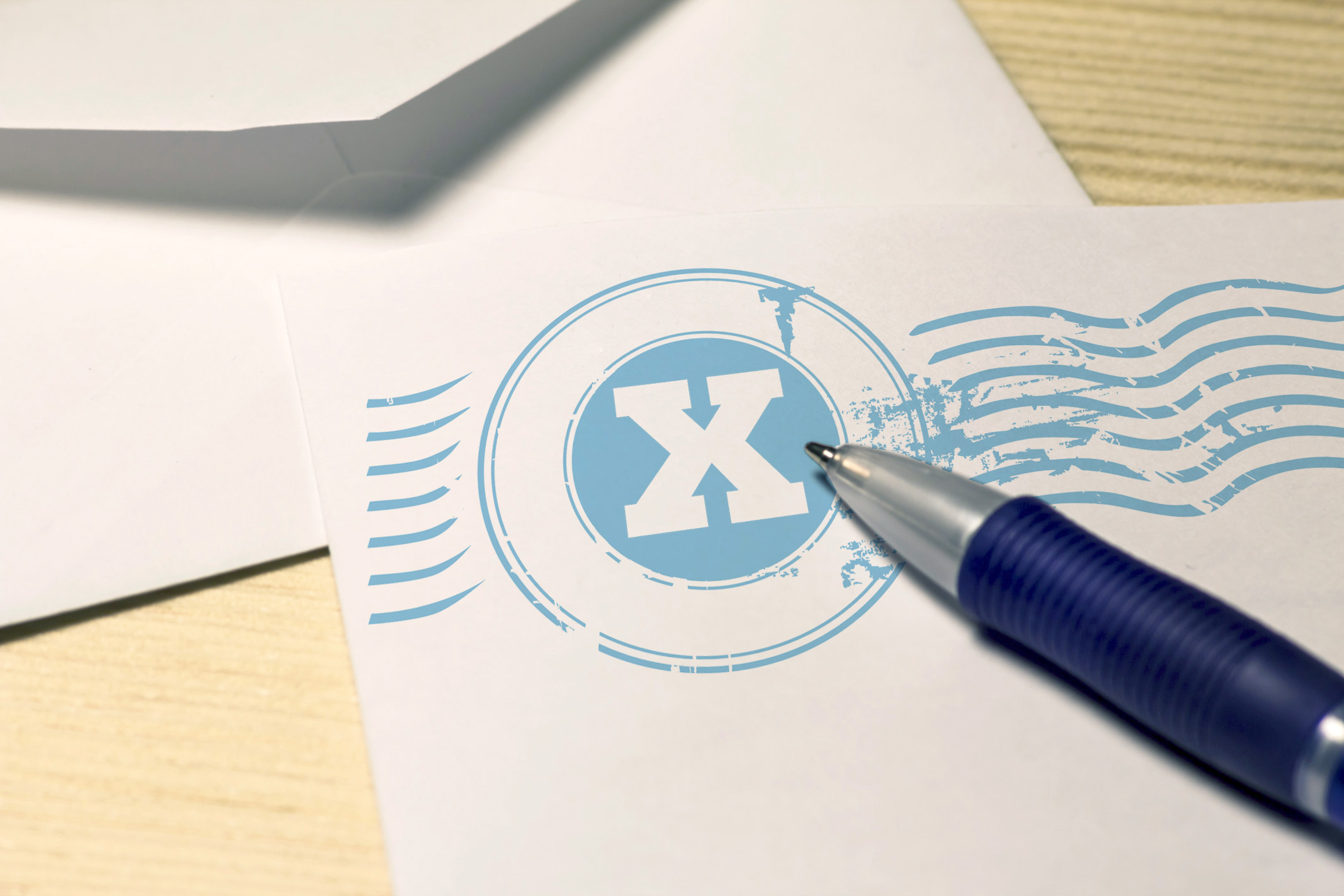In this economic crisis, the simplest solution is [probably] the best. I’m referring to a study done in Iowa about wind-powered energy. This study indicates that if we employ wind-generated power, our entire power grid will have to be updated.
That also happens to be our answer! Updating the nation’s power grid would require additional labor (jobs), both skilled and unskilled. It would cut our CO2 emissions and our dependence on outside oil sources. We could actually bail ourselves out! We could save our own homes, provide economic drive in the right direction, and power companies would still make a profit!
What is right in front of us is always the hardest to see.
— Michael Welch
Asheville




4 thoughts on “The answer happens to be blowing in the wind”
Would you want a wind farm near your home, though?
I know wind Farms are very different, but I’m puttin in a Skystream in my yard very soon. It is a smaller grid connected generator.
Would you want nuke waste or coal waste in your yard? Actually WNC already has lots of coal waste in the air, and people don’t seem to mind to much. We do like our power.
from http://www.aweo.org/:
“While the wind power industry tends to downplay its negative effects, many conservation groups
call for careful siting and ongoing study to minimize them. There is debate, therefore, about the impacts but not about the benefits. Even the most cautious of advocates do not doubt, for example, that “every kilowatt-hour generated by wind is a kilowatt-hour not generated by a dirty fuel.”
“That may be true for a small home turbine with substantial battery storage, but such a formula is, at best, overly simplistic for large turbines meant to supply the grid. The evidence from countries that already have a large proportion of wind power suggests that it has very little, if any, effect on the use of other sources. This is not surprising when one learns how the grid works: A rise in wind power most likely just causes a thermal plant to switch from generation to standby, in which mode it continues to burn fuel.”
Michael Welch is right about updating the nation’s power grid at the same time he presents one option that relates to that aim–wind-generated power. The big consideration is updating the grid so that all the nation’s regions are connected. In this updated grid, any kind of electricity that is generated anywhere–whether it be wind-generated, clean-coal generated, nuclear power generated, etc.–would flow into the one and only national grid where it would not be wasted. Consider what Buckminster Fuller had to say about such a grid: “Boy! this would mean something because of all that standby power–that is, at off-peak times when 50 percent of the generating capacity is not being used. I found then that by integrating these networks…we could integrate night and day and ‘double’ the genrating capacity…immediately.” Fuller went on to explain that the utility companies have standby power which is always being generated at a loss–“a complete loss.” “But,” he stated, “the company discovered that if it hooked up its wires with the next town’s, where the peak loads occur at just a little different time of day or night, what had been a complete loss could go over there and become a profit. With interlinked networks, the loss could be turned to a profit.”
I find it interesting and upsetting that the current President of the United States was governor of the one state that still refuses to integrate its grid with the rest of the nation.
Roger Smith
Asheville